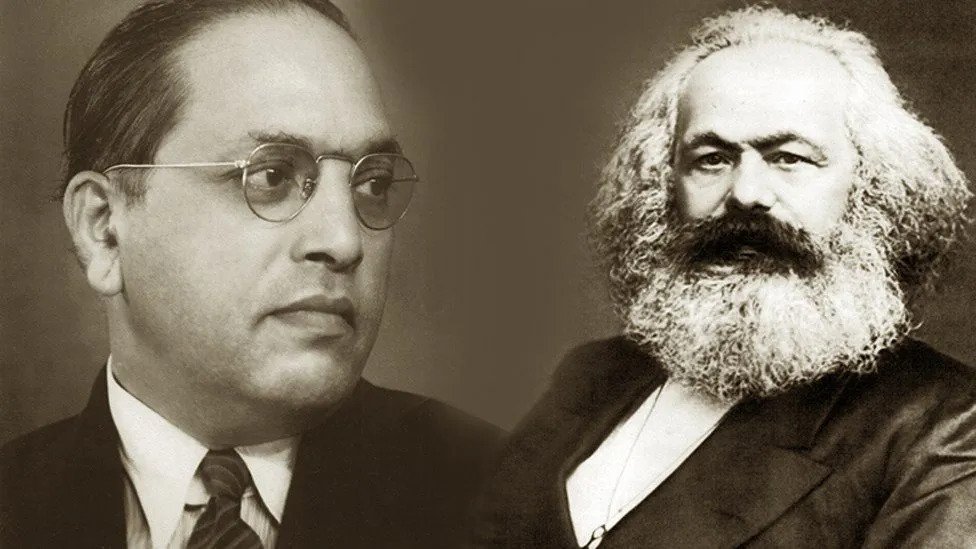By: Vinod Chandrashekhar Dixit
The selfie has become a huge part of modern life. It has transformed the simple self-portrait into something more immediate and has grown in cultural importance – it’s been linked to identity, self-exploration, and narcissism. Millions of people across the world every day hold up their cameras to snap selfies to share with their friends. The number of people who die each year taking a selfie is on the rise.
Psychiatrists say there is a rise in the number of selfies cases. Doctors have also been warning that taking too many selfies could result in “Selfies,” which they describe as a mental disorder. Recently, the American Psychiatric Association confirmed that taking selfies is a mental disorder, going as far as to term the condition “selfies”. The APA has defines it as: “the obsessive-compulsive desire to take photos of one’s self and post them on social media as a way to make up for the lack of self-esteem and to fill an intimacy gap.” Selfies are of two types – group and individual. Individual selfie addiction is a matter of concern. Alarmed by the trend, Mumbai has already declared 16 no-selfie zones across the city and the authorities warn people against taking unnecessary snaps. The Mumbai police have also declared selfies off-limits in areas perceived as risky – particularly along the coastline in spots with no railings or barrier risk.
Clicking a selfie is a magnified way of seeing oneself in the mirror. Today teenagers are more concerned about how they look and how others perceive them. Generally, individual selfie-clickers are seeking identity and meaning in the world. Despite clear signs denoting the selfie-free zones in most of the risky points in metros, people continue clicking away and often going to the edges or standing on ledges to get the most thrilling shots. One must remember that live your own life – don’t live before the eyes of others.
The most likely cause of death was falling from a great height, with people going to extreme lengths to take a selfie on cliffs or on the top of buildings to impress followers on social media. In India, there are more selfie deaths related to trains. Height-related selfie deaths were the most common, closely followed by both water-related and a combination of height/water-related incidents. The lesson to be learned here is quite obviously to avoid taking selfies on the edge of sea cliffs if you want to stay alive.
Taking selfies is a modern social phenomenon. Taking selfies can get out of control, but there are some strategies people can follow to avoid being harmed or becoming extremely obsessed with the habit. Those who are taking too many selfies might start to think of taking less daily. Also, they ought to consider sharing them with close friends only and not with everyone else. Some people worry that selfies are helping to create a superficial generation that values their looks above anything else.
While it is usually a lot of fun, it can feed a young person’s obsession with their self-image. Selfies may also lead us to reveal more about ourselves than we intended. People often take selfies to show off certain activities or places, but rarely consider how much personal information they are sharing, and who they are sharing it with. Some mental health professionals believe that taking selfies can become an obsession, especially for people who suffer from body image disorders. Sometimes people try to tweak their looks by downloading mobile applications for getting the perfect selfie result.
People suffering from selfie-mania could also consider taking pictures of their work achievements rather than just focusing on their physical appearance. Taking selfies is a lot of fun. However, it is important to not obsess over appearances. This can lead to overlooking other things that matter. By taking selfies, some people are only looking for the attention and the approval of others. It’s really important to remind young people that comparing themselves to others on social media is unhelpful, as they’re comparing themselves to something impossible and unattainable – nobody looks fantastic all the time and everyone has bad days. (The author is a freelance writer, journalist & a cartoonist. He can be reached at dixitpatrakar@yahoo.in)







